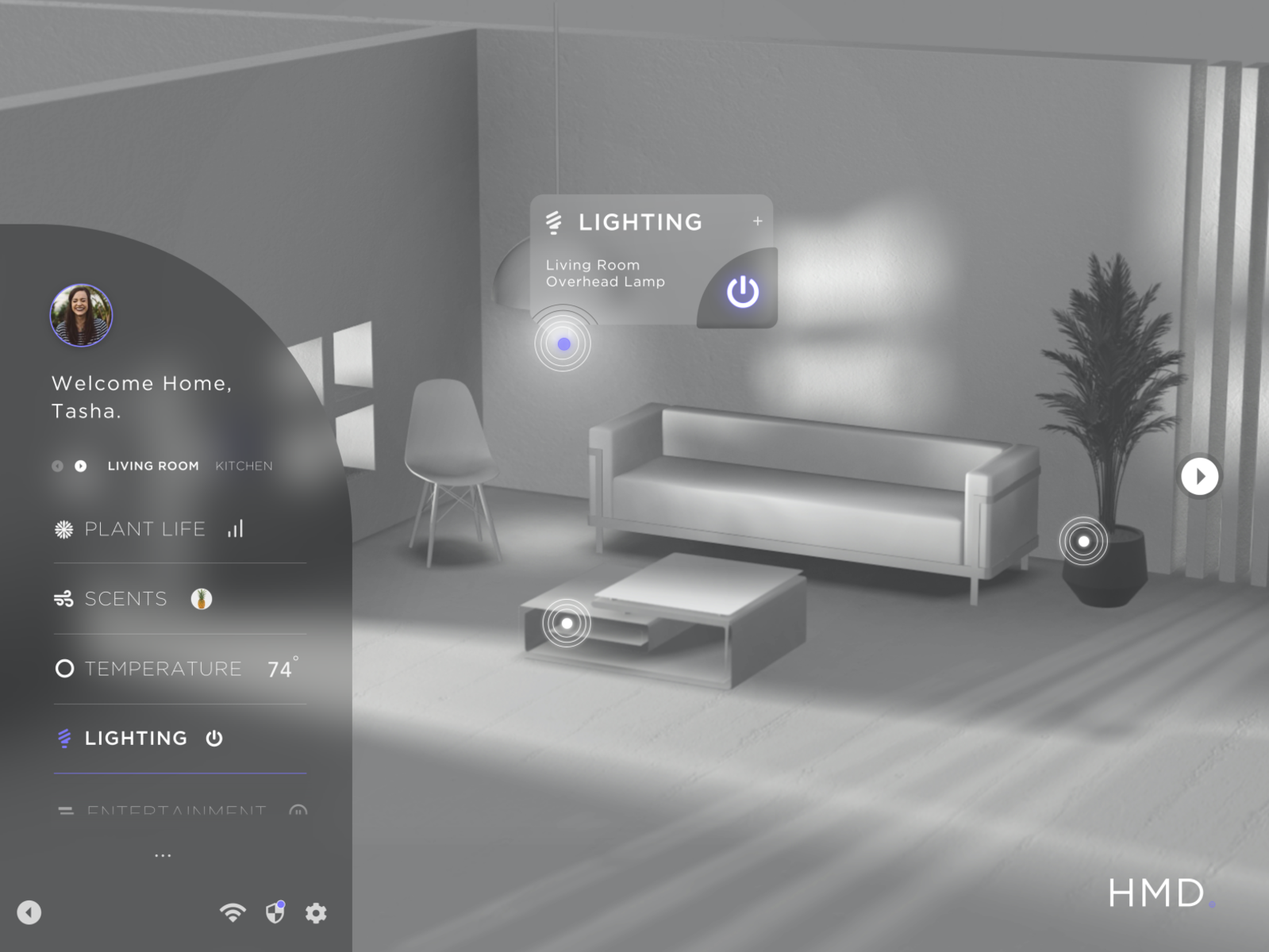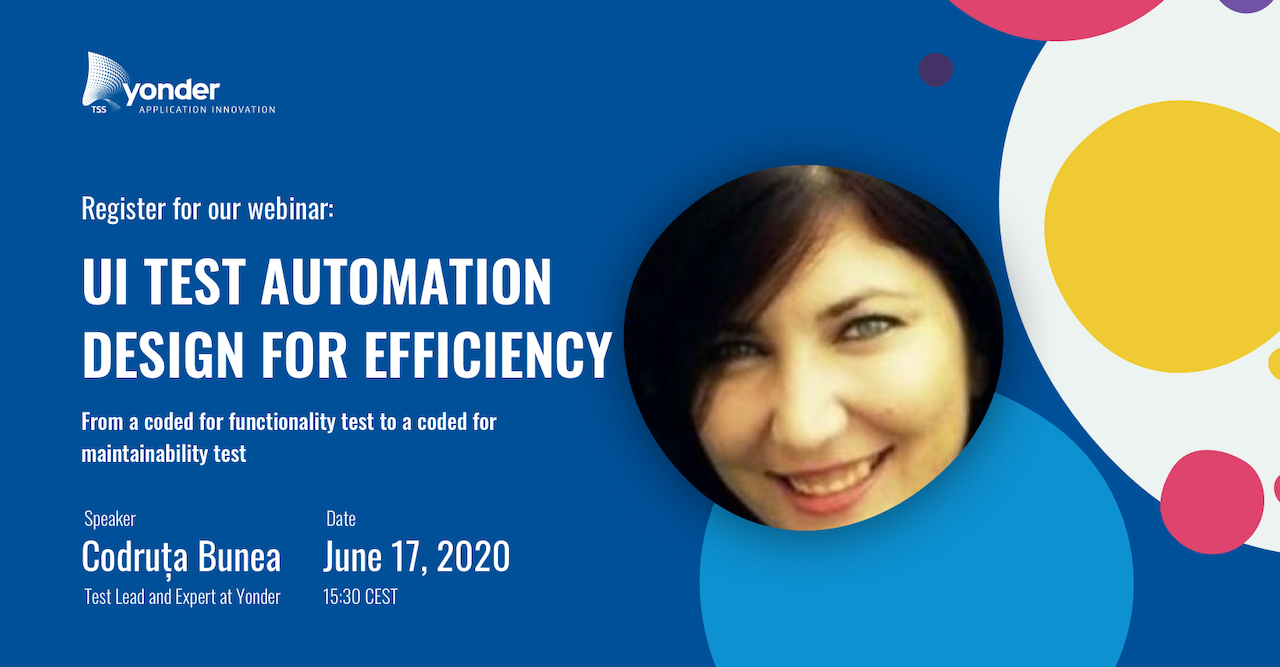Table of Content
I have undergone some investigations for this essay through multiple approaches, and the approaches were focused on the layout of the app, the use of signifiers, and the use of icons. In particular, I used books and online resources to grasp the fundamental principles of interaction design. I studied existing home automation applications by going to their official web sets, downloading the apps, and reading the reader comments. I used books, such as The Design of Everyday Things by Donald Norman, to find possible ways to improve the user interface. I also used multiple design techniques such as brainstorming, conceptual modelling, and digital drawing to come up with more disruptive approaches.
To set up a map in the above application, a user has to know about the professional architecture graphing elements. This means that the majority population would not be able to use the application. As they have less customization options than the other types of pages, notably as compared to the more powerful layout pages, they are also arguably easier to learn. You can define them either in configuration files, with a special textual syntax, or in the Pages section of the administration area; however, be aware that the main web UI is not currently able to display them. Surprisingly, data from group 3 does not show a significant advantage among the three groups. According to the data, photorealistic icons are only 0.56% better than flat icons, which is an insignificant number and can be neglected due to the uncertainty of the experiment.
Pin On Home Automation Ui
This natural mapping provides a clear visual cue and link the position where the lights and switches locate. A user can easily understand this product without special memorization of what each light switch controls. The limitation of this design is that it cannot be remotely controlled. That is to say, if a user went to work but forgot to turn the light off, he or she would have to drive all the way back to the house to turn off the light. Clearly, the limitation of old technology causes inconvenience to users. A 3D map is likely to be the solution that creates a “wow” moment to the user and change their schema on what a map should look like.

Icons use FontAwesome, and they are provided as an NPM package rather than a CDN to allow for Offline-mode or Mobile Application easier. Single Page JavaScript Application that is simulating house automation controls that allows remote clients to monitor and control home appliances. For the strengths of the experiment, the participants were from different countries and therefore represent a big population. In addition, the control of the confounding variables strengthened the internal validity of the experiment. Part of an awesome home automation UI project, will be uploading more screens soon.
Pin On Ui Ux Gallery
Then how is it possible to incorporate a map layout into a home automation app without making the user interface too complicated? I decided to propose a possible solution by simplifying the graphing elements. I went to multiple shopping malls in Beijing, China; Toronto, Canada; and New York, United States, and I found that none of the shopping mall used professional architectural drawing elements. Instead, they use different colours to represent different areas and reduce the elements to a minimum. I then incorporated the style of a shopping mall map into my design for an apartment and included device controls into the map. What are some disadvantages of putting buttons into a user interface?

If 360º photo can be composed by any panoramic image, then why can’t we use our smartphone to take a panoramic photo of the house and make it a 3D map? To test this theory I designed another user interface based on the conceptual model of a 3D map. Most home automation apps have multiple pages and elements, so applying signifiers can provide cues on how to optimize the functions and consequently improve the understandability of a user interface.
Home Automation App UI Design
You can also use it as the starting point of a more elaborate menu system made of other Pages. Layout pages, introduced in openHAB 3, are the most common and versatile way of displaying information in the main UI. They have extensive options to control how they are laid out, and can display Widgets coming from the built-in libraries or widgets that you have designed or imported in your personal library. In these 3 model-oriented tabs, expandable cards will appear automatically as you build your model, allowing you to get different perspectives on your home. Clicking on the card will make it expand and reveal its contents. Some of these cards will also feature glance badges that will extract some predefined information from your model and display it without you having to open the card.
To add new redux actions, reducers and action types to perform extra functionalities, they can be added in src/store/. To test the design, I asked different people for their opinions. I acknowledge that this design can only be used for simple devices; devices such as television are much complicated and can hardly be controlled with a single bar. For instance, it often requires significant memorization to operate and cannot be remotely controlled. As shown in Figure 1, this set of light switches functions well, but it requires too much memorization and causes great difficulty for users to operate. In the Design tab, you have a view of the Page that easily allows you to add Widgets in various parts.
Smart Home Smarthome App Smart Home Design Iot Design
Instead, they can simply set some grids into a colour to represent a room and drag accessory icons into the room. By making the entire house into one map, a user can control all accessories without changing pages in the app. To test the idea, I shown this design to people from three countries with a large age range. Surprisingly, even a 70 year old lady without technology background understood its function.

Home automation 371 inspirational designs illustrations and graphic elements from the world s best designers. To summarize, In this section I have discussed how signifiers can be used to communicate the ways to use the app. In particular, arrows can be used to indicate swiping between pages, yet the location of the arrows can influence the overall composition. Through a more disruptive approach, adjustable horizontal bars can be used to replace arrow buttons and guide users for simple devices. With this user interface, people do not need any architecture background to set up the app and use it.
In Figure 11, I compared the use of arrows in a smaller box to arrows used in the entire screen. As shown in the image, the left version is much more visually appealing, whereas the right version looks like an infinite list. As demonstrated, putting arrows into a smaller box is a valid way to take advantage of this signifier yet still leave enough space for other information elements. In short, it is important to consider the location of the signifier when designing the user interface.
Maps and Floorplans are Pages dedicated to displaying markers and other elements on a background overlay. The component is passed prop onUpdateValue which must be called when the value is changed and it should pass the deviceId and the updated value. Field NameTypeDescriptiondeviceIdintegerThe ID of the devicecontrolIdintegerThe ID of the control to be changed its value.newValueanyThe new value for the control. HTTP-based API interactions are simulated using dummy data in the public/data folder for GET requests and for changing values they are simulated using fake promises that should be replaced with axois PATCH requests. The accuracy rate of the task was calculated by the average percentage of participants that selected the right answer. Similarly, the error rate is calculated by the average percentage of participants that selected the wrong answer.
You simply configure the Pages that you wish to show, choose a few details about the tabs themselves (label, icon...) and can then consider the result as a single Page. The curated feature set is suitable for small and middle deployments, and you shouldn't feel obligated to use this feature. However, we understand that this tool wouldn't be useful if you couldn't customize it when you are ready for it. It correctly bundles React in production mode and optimizes the build for the best performance. The state of the error modal is handled by the ui Redux store reducers. Field NameTypeDescriptiondevicesobjectHash table of standard device objects each key is the device id and the value is the device object.

With my design, one can create a 3D image by simply taking a panoramic photo of their house. The photo will be automatically stored and compose to a 3D map. The user can then link the picture of the house with the controls for it. These views are from the same image and can be seen by either tilting the phone, scrolling the image, or adjusting the compass.
3D map layouts can also combine with other technologies to create a completely new user experience, such as using virtual reality to experience walking in a room when a user is thousand miles away. To allow people take full advantage of the newest technology available, designers need to create good user interfaces that clearly communicate how to operate these ‘smart products’. The instruction of the questionnaire guided the participants to look at a user interface for no more than 20 seconds. To summarize, the layout of a home automation app influences the first impression of an app and also determines whether a user will understand the basic structure of the app. To improve the understandability of the user interface, a map layout is worth taking into consideration because it effectively eliminates textual content and create a strong interaction based on the spacial correlation.


No comments:
Post a Comment